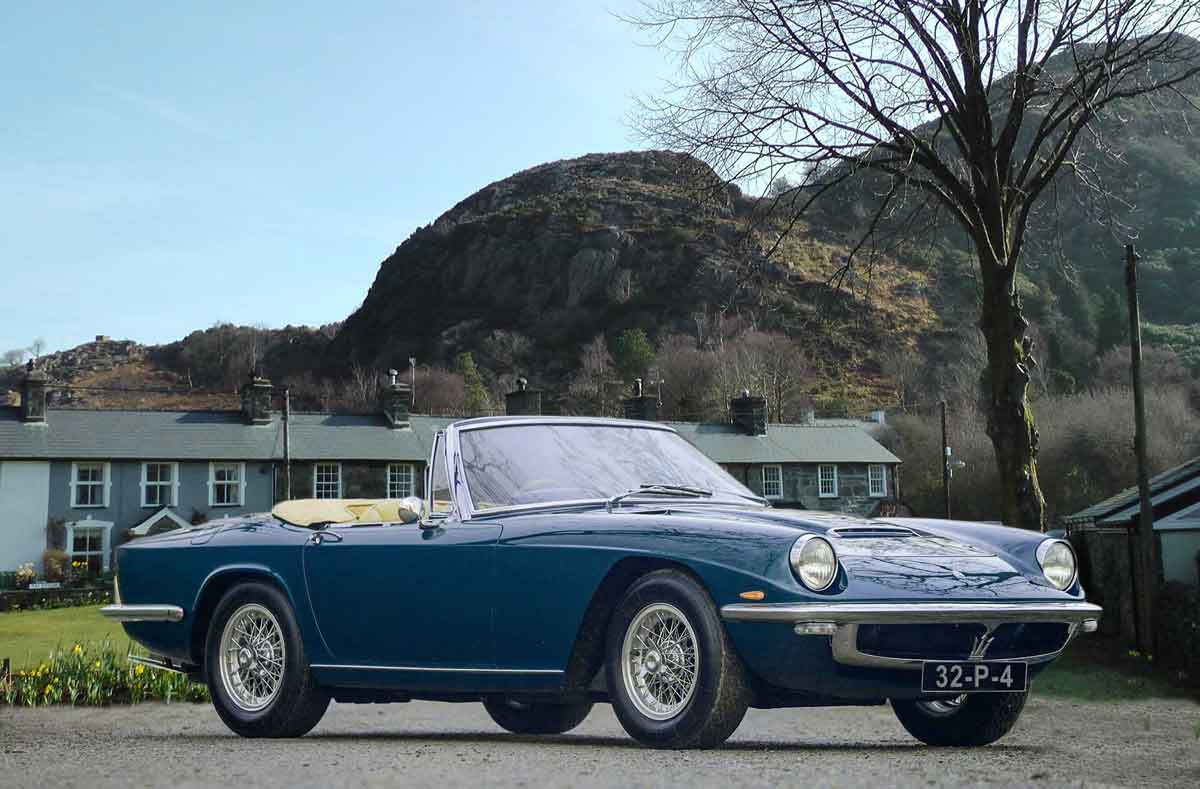
During the late 1950s and 1960s Maserati's finances seesawed but they still managed to have considerable racing success, partly thanks to the fact that they had a superb racing driver in the form of Manuel Fangio driving their cars. In particular he had great success with the Maserati 250F; this was powered by their straight six cylinder double overhead camshaft engine with twin spark plugs.
Fangio won eight races including the 1957 F1 championship in a 250F.
Maserati would have been failing in their duties if they had not made use of the superb engine in this car for a sports car and they did just that in 1963 when they created the Mistral coupe and the Mistral Spyder which was named after a very cold, northerly wind.
This was the last time that this engine was used in a production car and there were three variants available for the Spyder; a 3.5 litre (only 20 were built), 3.7 litre (76 built) and a four litre one. The more powerful 265 bhp, four litre Spyder could achieve nought to 60 within six seconds and a top speed of 150 mph; not surprisingly this has proved to be the most popular size amongst investors and with only 37 of this engine size being built it is a very rare car which has increased in value considerably over the years.
This 2 seater Gran Turismo had a graceful steel body designed by leading coachbuilders Pietro Frua which benefited from the best of Italian styling; the bonnet, boot and doors were made from aluminium alloy for lightness. Wire wheels also helped to keep the weight down. Some of the bodies were made from steel and some from aluminium but there is no record of just how many of each were built.
Internally the car was quite stylish, but interior fittings were not perfect. It was not unknown for the driver to move, for instance, an indicator stalk and finding it snapped off in his or her hands!
Fragile or not the Spyder has proved a very popular car amongst investors; with only 125 of them built altogether it is rare and and, in particular, a four litre Spyer in good condition has been known to fetch around £750,000. Not bad for a car which cost less than £9000 in 1963! The coupe, however, with 828 built may be more robuste than the Spyder but it has not appreciated in value by anywhere near as much.